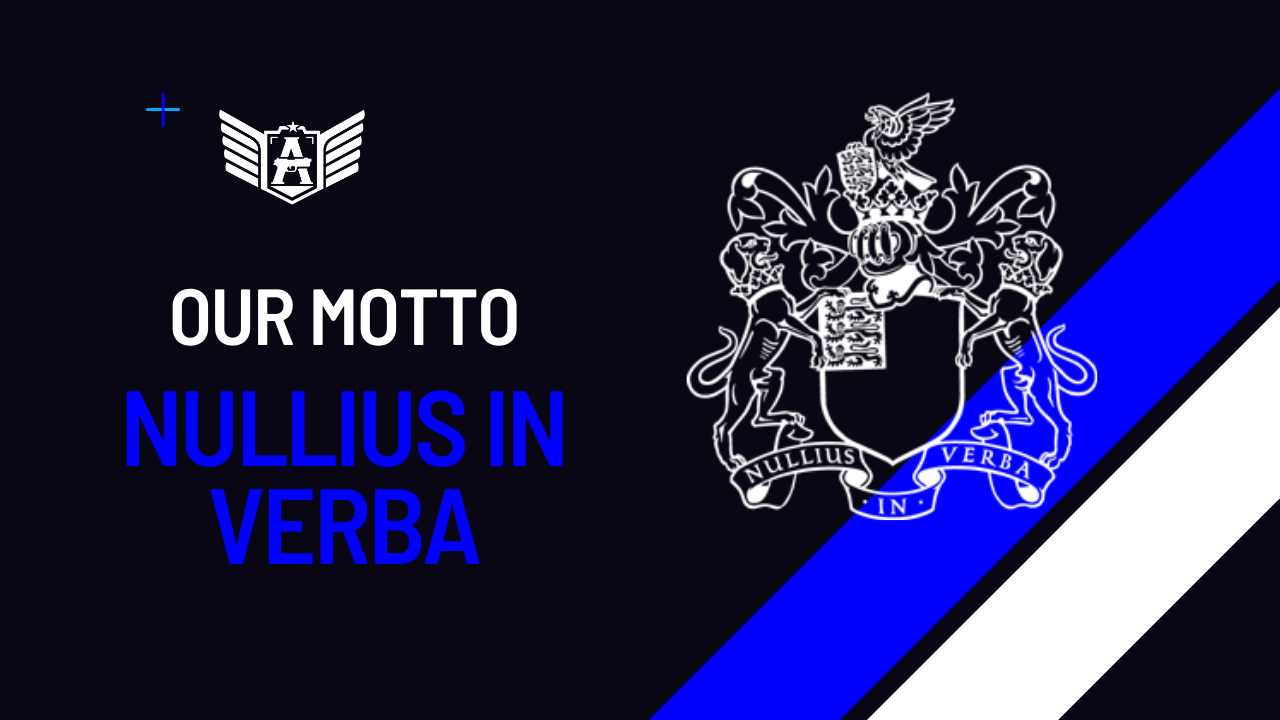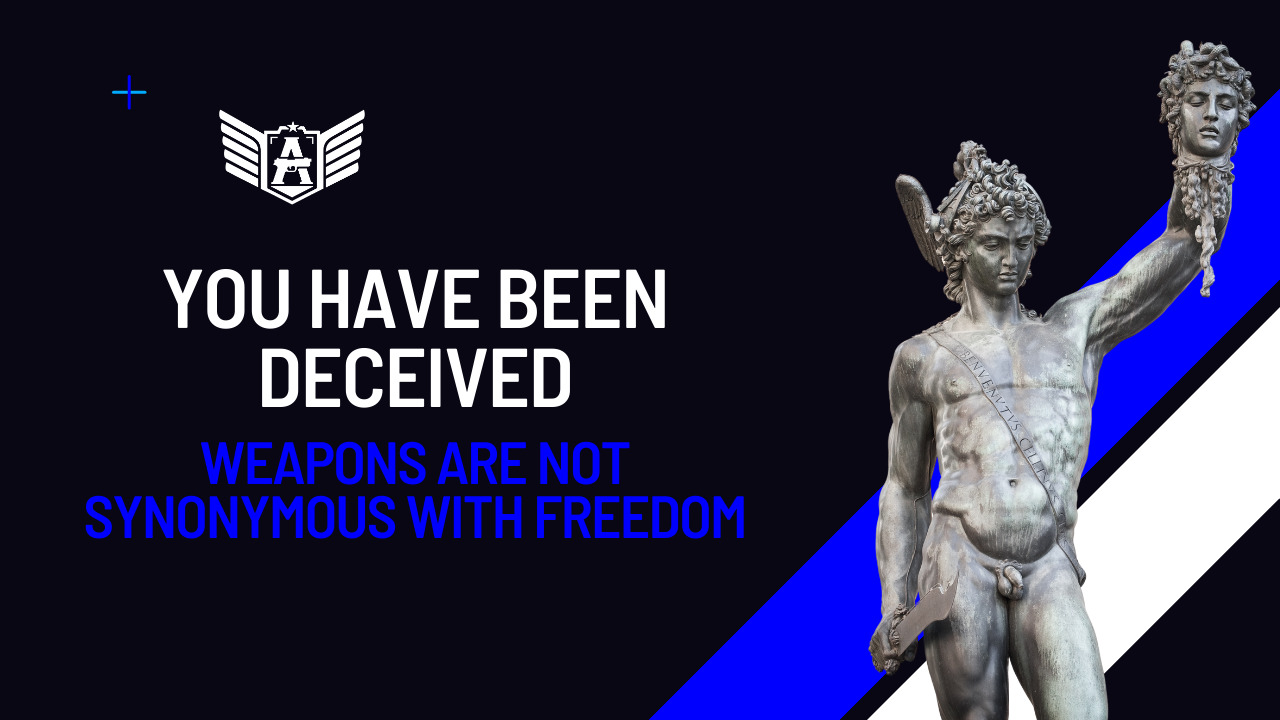
Founded on November 28, 1660, the Royal Society of London for Improving Natural Knowledge is an institution with the goal of producing scientific knowledge. Its membership has included individuals who changed the course of history, such as Robert Boyle, recognized as the first modern chemist, Henry Ford, Isaac Newton, Charles Darwin, and Albert Einstein, among hundreds of other names.
The most renowned scientific entity in history brought with it the motto “Nullius in verba,” Latin for “on the word of no one.”
It is a challenge to authority. Not in the pejorative sense of seeking chaos, like a child full of “whys,” but as a skeptical and relentless way of pursuing the path to truth.
When it is said “on the word of no one,” it seeks to make it clear that the mere fact of someone asserting something, no matter how respected the author may be, is not enough to turn it into truth, much less scientific truth. This fact must be tested, verified, replicated, reproduced, repeated until there are no more doubts about its veracity or, perhaps, until its falsity is proven.
In classical sciences, the scientific method is reasonably well employed, serving as the foundation for paradigm shifts and the evolution of the state of the art. This is what has allowed us to evolve technologically from the Middle Ages to landing on Mars, vaccines, informatics, and means of communication.
Einstein made statements in the first half of the 20th century that are still being tested before being assumed as fact, even though they were made by the father of quantum physics, the Theory of Relativity, and E=mc².
And what about shooting? What about the practice of defense? What about tactical actions? Have the techniques that reach end-users been tested? Or are they simply repeated because they come from a respected “authority” in the field?

Some time ago, I recorded a video for the Instituto DEFESA YouTube channel talking about the most intelligent way to use a Kerambit – that knife model that became popular some time ago. I received dozens of criticisms whose main argument was: “But so-and-so does it this way…”
Now, this is the kind of behavior that “Nullius in verba” aims to combat. The technique I present in the video can be tested at any time, by anyone, and will yield better results than the technique of “so-and-so,” under equal conditions. It doesn’t matter what I said or what so-and-so said. What matters is what can be measured, repeated, verified, even if you like Lucas Silveira or the other guy from the other video.
We brought this same way of thinking to the ABA in. It would be very easy for us to replicate the exact techniques of one or another prominent figure in our instructions. All those “followers” on Instagram and YouTube would quickly assume the ABA’s work as “correct,” as it would be aligned with what is assumed to be truth.
However, that is not enough. We prefer to listen to various sources and, above all, to test and compare all the techniques that are presented. Many of these studies will be published here on our website, with the aim of inviting the entire community to do the same: doubt, test, verify, innovate.
If you don’t want to fall into common sense and be just another one among many others, challenge authority. Don’t believe anyone, not even the one writing this.
Nullius in verba




